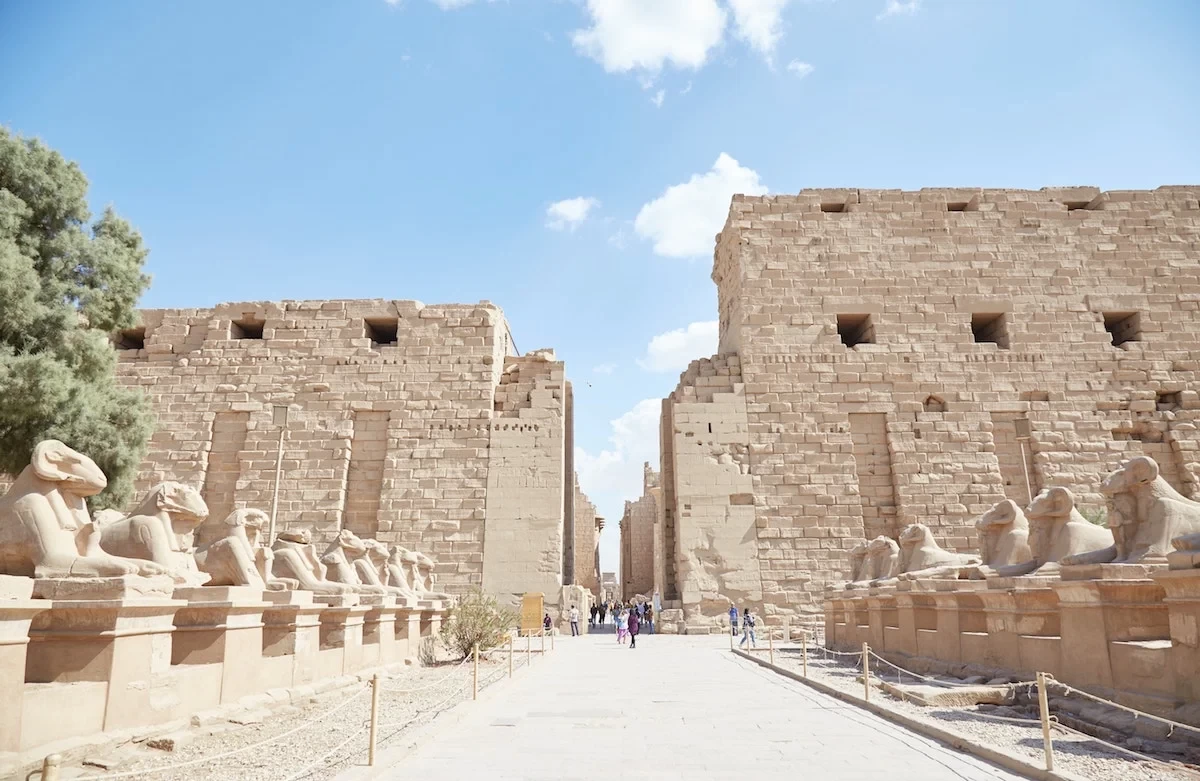
Who Built the Temple of Karnak? The Pharaohs Who Shaped This Ancient Wonder
If you have ever dreamed of walking through the ancient streets of Egypt, you have heard about the Temple of Karnak. It is one of the world's most impressive and iconic structures, and it has a fascinating story to tell. But have you ever wondered: Who built the temple of Karnak?
But this great complex did not spring forth overnight. Centuries of work, innovation, and inspiration from some of Egypt’s most powerful pharaohs went into building this giant among the ancient world’s wonders. Let us journey through the history of how it came to be and touch upon the pharaohs who left their marks on these great walls of Karnak.
When Was Karnak Temple Built?

Constructing the Karnak Temple is a saga that took over 2,000 years. Construction began during the Middle Kingdom (around 2000 BCE) under Senusret I. Major developments, however, occurred much later, during the New Kingdom (1550-1070 BCE). During this time, some of Egypt’s most famous pharaohs, including Thutmose I, Hatshepsut, and Ramses II, expanded and enriched the temple.
Developing Karnak took time. It was like a series of ambitious projects, each contributing to the layers of grandeur, art, and religious symbolism. These rulers were not just building a temple but were constructing a symbol of their power, devotion, and connection to the gods.
The Location of the Temple of Karnak
The Karnak Temple complex is one of the largest and most impressive religious sites in the world, in Luxor, Egypt. It is on the eastern bank of the Nile River, facing the magnificent city of Thebes, better known as the modern-day Luxor. The temple complex honors the god Amun and several other deities, including Mut, Khonsu, and Ra.
The strategic positioning of Karnak helped it become an essential center of worship for over a millennium. An avenue lined with sphinxes, which made the site even more astounding, connected it to the nearby Temple of Luxor.
The Importance of the Karnak Temple
Karnak was much more than just a temple. It was the throb in the throat of ancient Egypt’s religious life. For centuries, the site stood at the center of the country’s political and spiritual life, with pharaohs journeying here to be crowned, to pray, and to commune with the gods. It was the place where heaven and earth met, and where the king would make a request from the gods for the right to rule with prosperity to his people.
The temple also served as one of the knowledge, art, and architectural centers. The walls display hieroglyphs that narrate the stories of the pharaohs, their military victories, and their religious devotion. The scale and splendor of the Temple Complex turned it into a standing symbol of Egypt’s might and riches that would remain forever.
The Key Pharaohs Behind Karnak’s Development

Now, let’s dive into the pharaohs who played a significant role in the construction and extension of the Temple of Karnak. The kings stamped their mark on the magnificent structures of this temple so that it became representative of the power and piety of Egypt.
Thutmose I: The First to Build at Karnak
First, from the line of Thutmose I, who ruled from 1506 to 1493 BCE, was going to be the first one to make significant contributions to the Temple of Karnak. His reign marked a new beginning of the New Kingdom-the immense power and prosperity of Egypt. Thutmose I built a start with the First Pylon, the outermost gate into the temple, which set the tone for the grand expansion afterward.
His building project was much more than a physical addition; rather, it was symbolic of the power of the New Kingdom in which Karnak would become the principal religious center of Egypt.
Hatshepsut
One of the most intriguing rulers in Egypt’s history is the queen who assumed the role of pharaoh from 1479 to 1458 BCE: Hatshepsut. Hatshepsut’s contributions to the temple at Karnak were both artistic and architectural: she extended the temple and added an extraordinary set of obelisks. These towering stones, inscribed with her name and accomplishments, still stand in the temple today.
Hatshepsut also built the famous red granite Chapel of Anubis at Karnak, further cementing her legacy as one of Egypt’s most powerful female rulers.
Amenhotep III
Amenhotep III ruled from 1386 to 1353 BCE and was one of the wealthiest and most powerful pharaohs of Egypt. He extended the Temple at Karnak, adding several additional parts and building an enormous network of temples dedicated to Amun. His reign marked a high point in Egypt’s artistic and architectural achievements, and the temple at Karnak was a focal point of his grandiose projects.
Amenhotep III also built the enormous Colossi of Memnon, two statues near Karnak, still standing today as a testimony to his reign.
Ramses II
Ramses II, also known as Ramses the Great, ruled from 1279 to 1213 BCE and is often regarded as one of Egypt’s greatest pharaohs. His contributions to the Temple of Karnak are vast: constructing a new pylon, a large court, and adding several massive statues. Ramses II was renowned for his military victories and building projects, with Karnak as a key location for commemorating his rule.
Seti I and Ramses III
The Karnak Temple saw significant development under Seti I (1290–1279 BCE) and Ramses III (1186–1155 BCE). Both pharaohs made substantial contributions. Much of the construction in the Great Hypostyle Hall of this temple was completed during the reign of Seti I; with 134 gigantic columns, this hall stands out as an architectural wonder among its Egyptian peers.
Meanwhile, Ramses III, the last of the great pharaohs, continued to work on extending this temple, which also signaled its importance as a religious center in Egypt.
Signifying Each Pharaoh’s Contributions
Each pharaoh who worked on Karnak added his touch to the temple. Thutmose I started construing Karnak. Hatshepsut’s design, Amenhotep III’s resources, Ramses II’s army, and Seti I’s precision transformed it into the impressive site we know today. Each of these rulers left their own legacy to be seen, blending their religious devotion with the desire to impress both gods and people.
Why Did Many Pharaohs Contribute to the Building and construction of Karnak?
You may wonder why so many pharaohs built one temple. It is both for religious and political reasons. Each pharaoh dedicated a portion of the Temple of Karnak to Amun, the chief god of the New Kingdom, to maintain the god’s support.
Pharaohs used construing such monumental buildings as another method to display their power and achieve immortality. Thus, as the temple already had an important religious standing, every ruler contributed his share to it to leave his touch, to prove his religiousness before the gods, and to position himself as the rightful ruler of Egypt.
How Was the Temple Built?

The building and construction of Karnak is a feat of engineering and craftsmanship. The ancient Egyptians used a range of advanced techniques and tools to build the temple complex.
Overview of Advanced Engineering, Tools, and Materials Used by the Egyptians
The Egyptians developed simple, effective tools with which to carve out, move and put in place these huge stones, such as copper saws, chisels and hammers. They employed ropes, ramps, and levers in placing heavy blocks of stone into a particular position. The precise cutting and laying of the stones remains an enigma to engineers.
Stonework, Use of Sandstone, Limestone, and Granite
Builders constructed Karnak from sandstone, limestone, and granite. These materials were only abundant in Egypt but also strong to stand the test of time. Granite, in particular, applied to the most important parts of the temple, parts that were ceremonial, such as obelisks and statues.
The Work Force Behind Karnak
Building Karnak was no small feat and took a huge workforce to accomplish. The workforce ranged from skilled artisans, laborers, and craftworker under guiding the main builders. Although people believe conscripted labor completed most of the work, artisans and sculptors received much respect for their superior skill.
The Temple as a Religious Center
Karnak was more than a temple; it formed the heart of religious life in Egypt. It is here that the pharaohs would make their offerings to the gods and bid for divine approval. Events performed daily here ensured Egypt’s political and social apparatus remained intact. It was also a place of pilgrimage to which people from every corner of Egypt came for homage to Amun.
Interesting Facts about the Karnak Temple
- The Karnak Temple complex comprises four main sections, with the most famous being the Great Temple of Amun.
- The Great Hypostyle Hall, with its 134 columns, is one of the most impressive architectural features in Egypt.
- The temple’s construction took place over and 2,000 years, making it a symbol of Egypt’s enduring power.
Visiting the Karnak Temple Complex
If you plan on visiting Egypt, the Karnak Temple is something you should never miss. This is among those global ancient sites are well-preserved, and its colossal columns and halls promise to give every visitor a glimpse into real Egyptian grandeur. Respect Egypt Tours gives expert-led tours deep inside the history and mystery of Karnak.
The Importance of Karnak’s Location
Locating the Karnak Temple was strategic. They positioned it on the east bank of the Nile to face the rising sun—a direct link to the god Amun. This positioning not only served religious purposes but also gave the temple a commanding view over the surrounding area, symbolizing the power of the pharaohs.
Conclusion
The Temple of Karnak is more than just collect stones and columns; it is a testament to the vision, skill, and devotion of the ancient Egyptian pharaohs. Who built the temple of Karnak? It wasn’t just one ruler; it was a legacy of many. Each pharaoh who contributed to its construction added his own unique touch to create a masterpiece that has lasted for millennia. Visiting the Karnak Temple stands out as a distinctive experience for those interested in history or fascinated by human greatness. Do the discovery of this outstanding wonder and have a blast with Respect Egypt Tours.










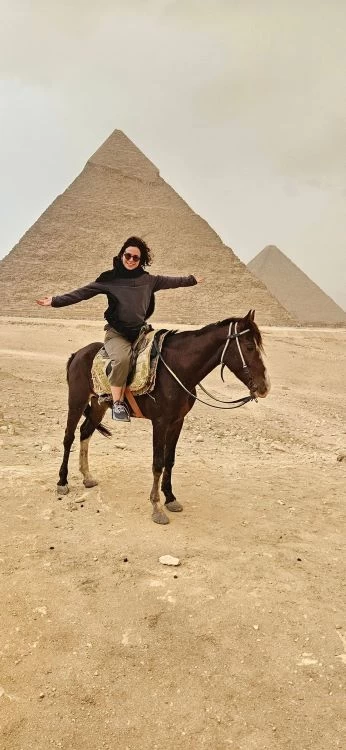





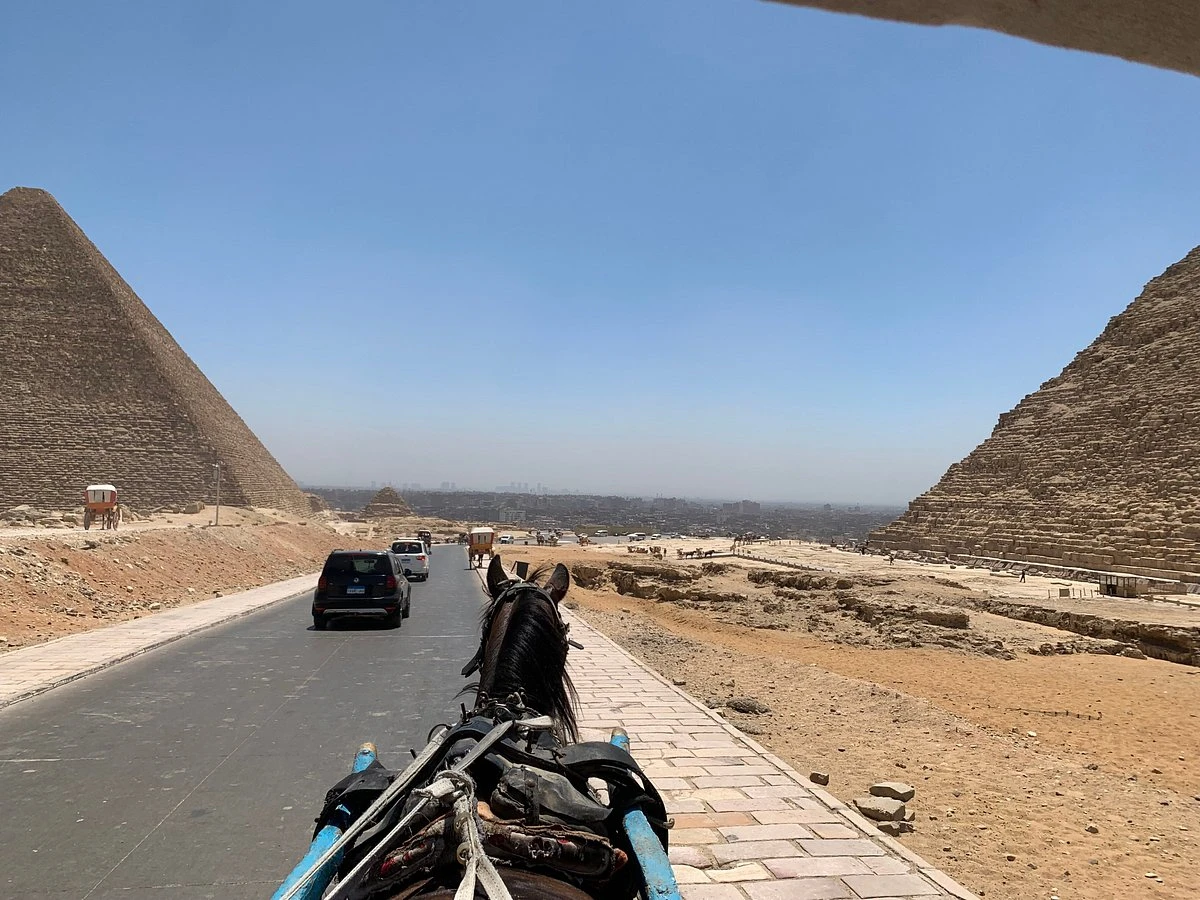
-webp.webp)


-webp.webp)

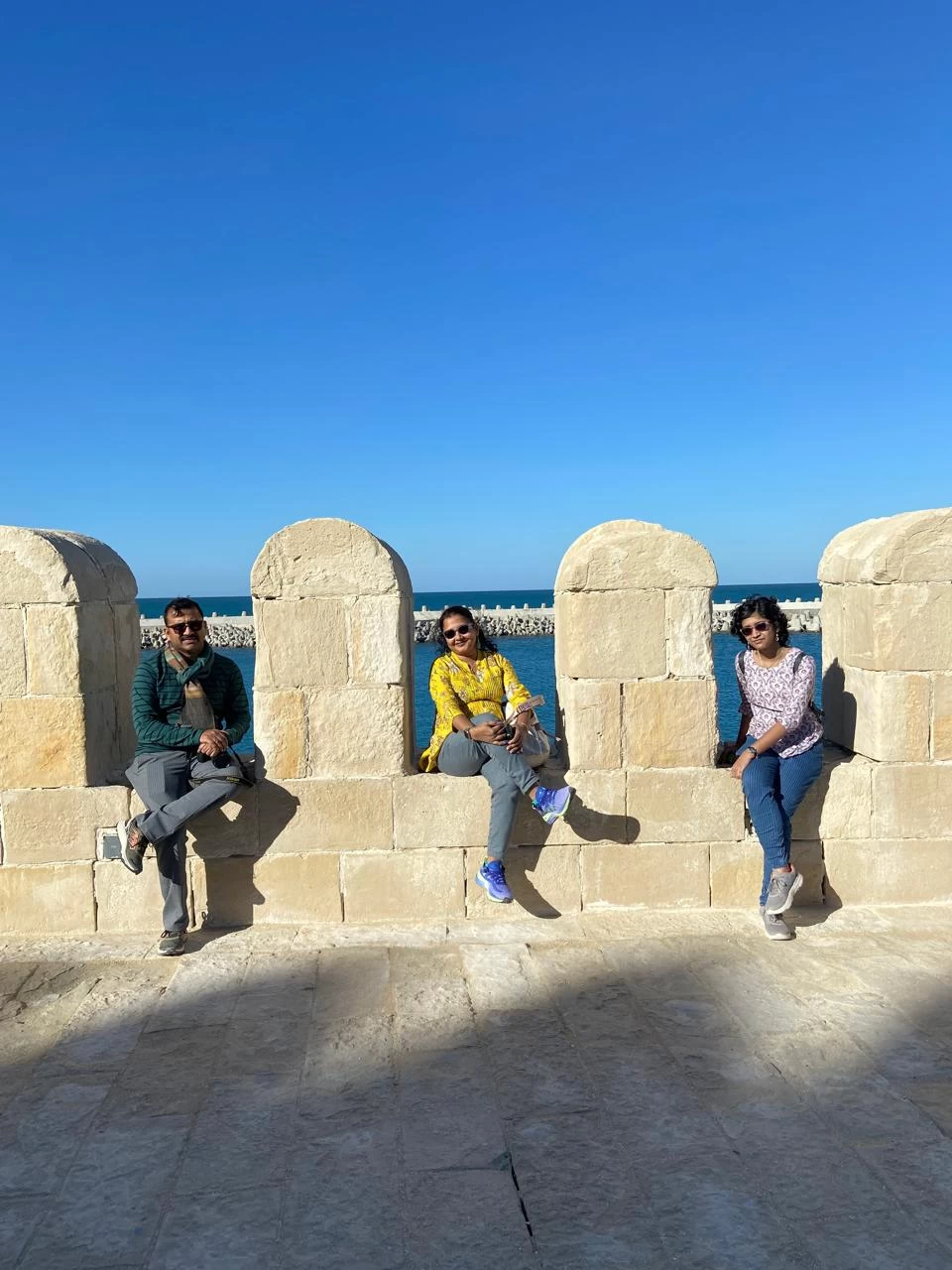


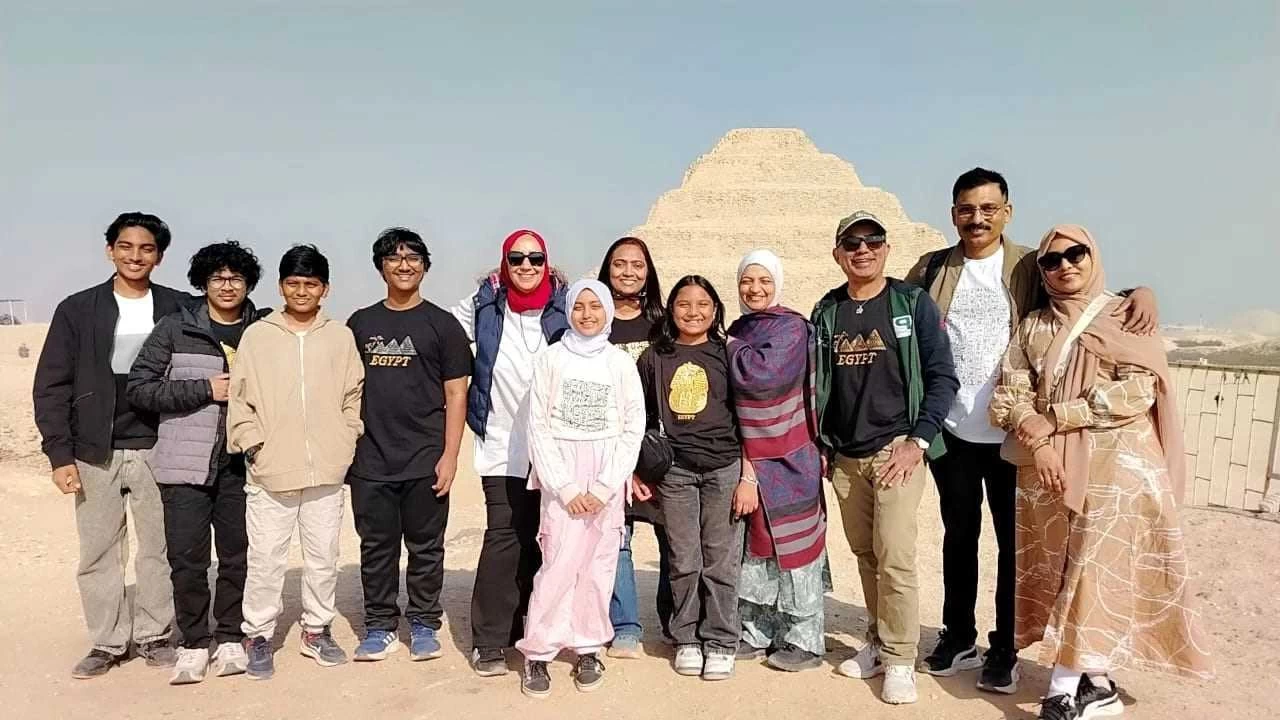
-webp.webp)
-webp.webp)
-webp.webp)
-webp.webp)
-webp.webp)
-webp.webp)
-webp.webp)

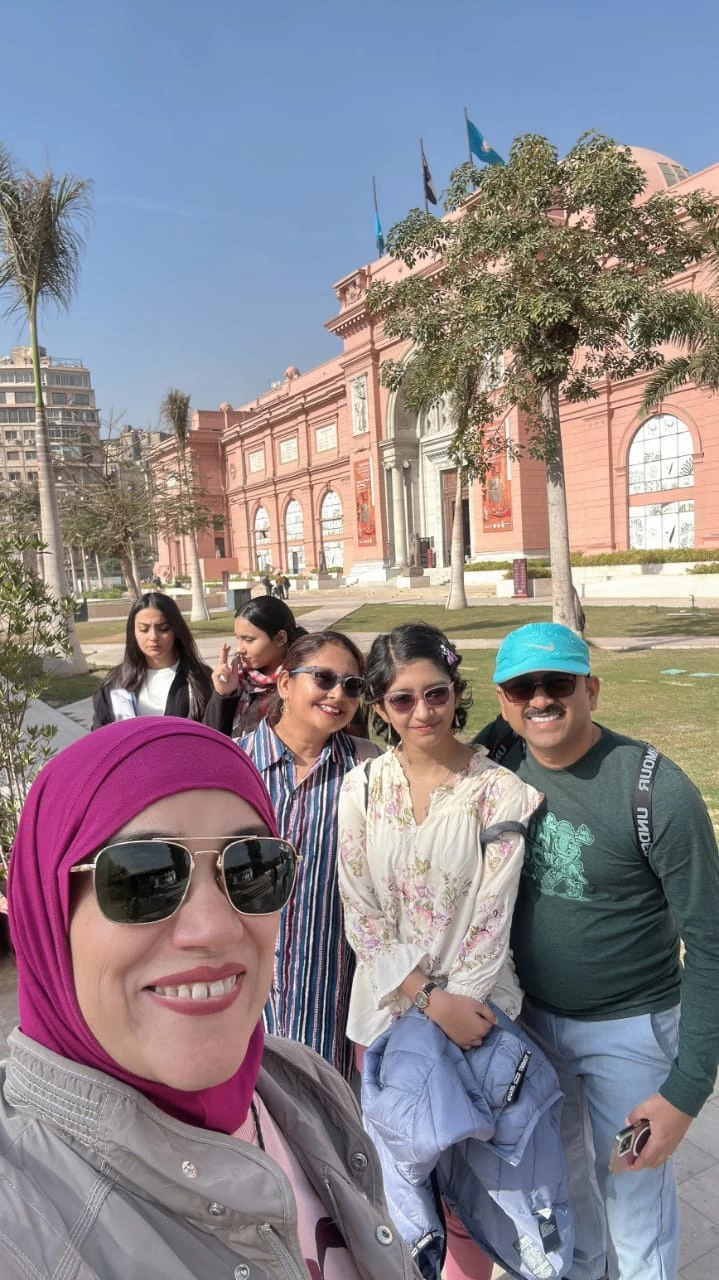
-webp.webp)
-webp.webp)

-webp.webp)
-webp.webp)
-webp.webp)
-webp.webp)
-webp.webp)
-webp.webp)



-webp.webp)

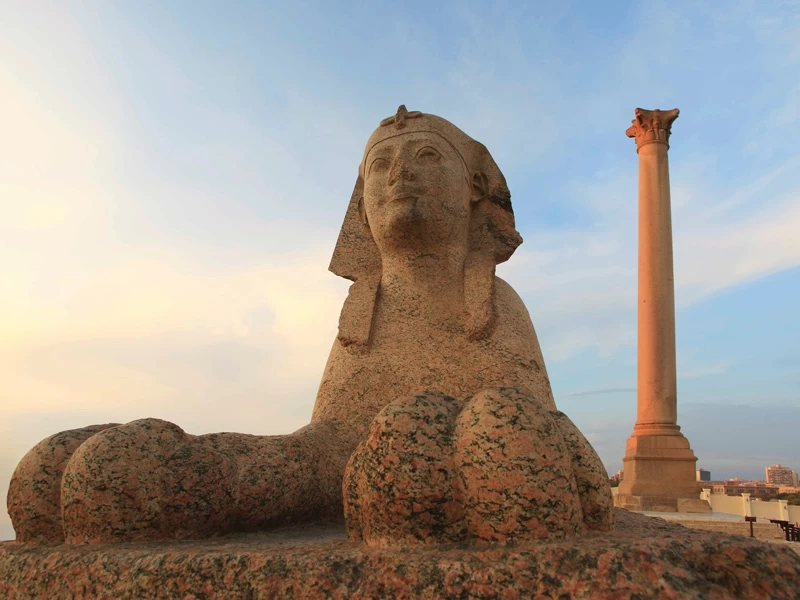




-webp.webp)
-webp.webp)










.png)

